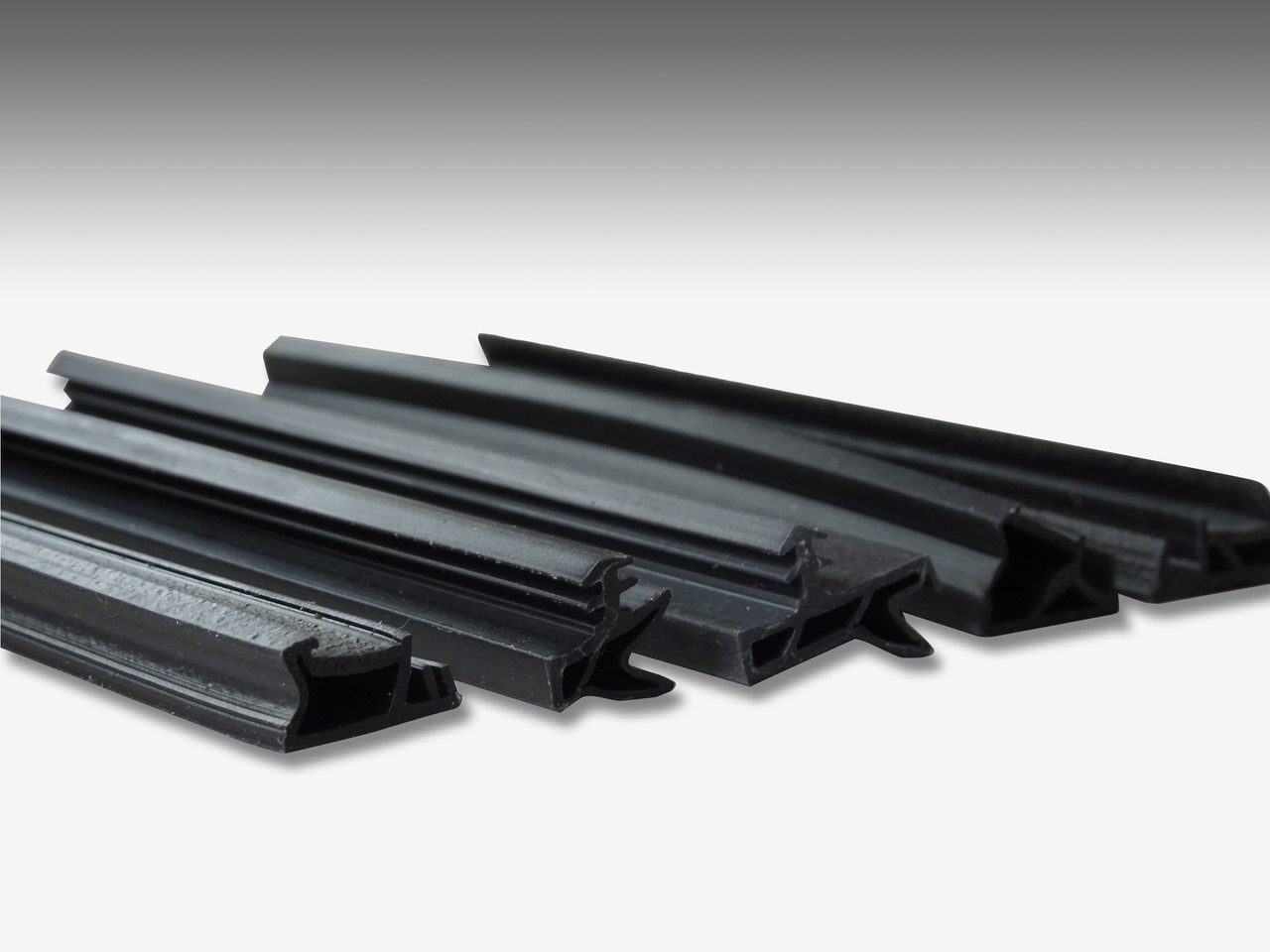- Home
- About BWF Fire Door Alliance
- Fire Door Safety
- Third-Party Certification
- Publications
- News
- Knowledge Centre

All fire doors must be fitted with the appropriate seals designed to expand under heat. These are commonly referred to as ‘intumescent seals’. The Building Regulations set guidance on fire door resistance and smoke leakage across different building types. Where the prevention of smoke leakage is identified, a smoke seal must also be fitted. You can buy intumescent seals that combine a smoke seal or you can fit two separate seals – a fire seal and a separate smoke seal.
Fire door seals, commonly referred to as intumescent seals, are designed to expand under heat. In the event of a fire, they will expand to fill the gaps between the fire door leaf and frame, thereby preventing the passage of fire to other parts of the building.
Intumescent strips should be fitted into the fire doors frame or lining, where possible. If this cannot be achieved, the intumescent seals may be fitted into the door edge.
The materials contained in the seals, (such as sodium silicate or graphite), differ between seal manufacturers, and expand at different rates. When installing or replacing fire door seals, it’s important to use the same type of seals around the door.
Details on the type of intumescent seals that are compatible with the fire door assembly can be found on the fire door certificate and supporting documentation. Only the use of compatible products, which are installed and maintained correctly, will ensure that the fire door achieves the designated fire resistance levels. Incorrect specification can endanger lives and property in the event of a fire.
The gap between the door and the frame is extremely important and must be suitable for the intumescent seal fitted. In general, the gap should not exceed 4mm* along the two long edges and across top of the door leaf.
The gap at the bottom of the door (commonly referred to as ‘the threshold’) is usually around 10mm* for non-smoke conditions BUT 4mm when smoke seals are required.
* Check the door manufacturer’s instructions
Acoustic seals and weather seals may also be required in certain situations such as for exposed flat entrance doors. The Building Regulations must be consulted to ensure the correct seals are specified.
Click here to download the dedicated BWF Fire Door Alliance Fact Card on Fire Door Seals.
Want to find out more about fire door specification, installation and maintenance? We have a library of publications to help.